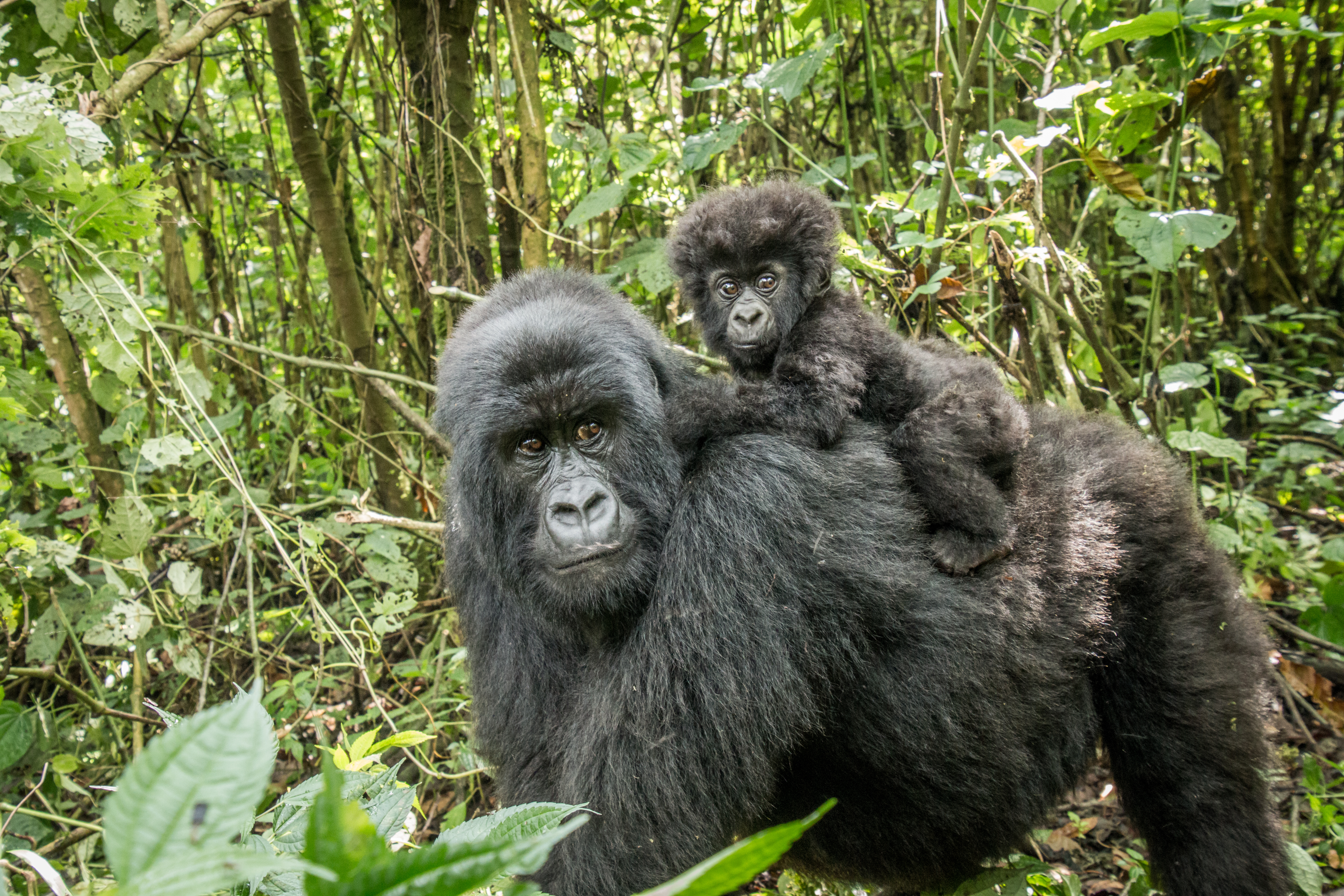Less affluent countries are more committed to conservation of their large animals than richer ones, a new Oxford University research collaboration has found.
Researchers from Oxford’s Wildlife Conservation Research Unit (WildCRU) have assessed how much, or little, individual countries contribute to protecting the world’s wildlife. Working in partnership with Panthera, the only organisation dedicated to protecting wild cats, they found that in comparison to the more affluent, developed world, biodiversity is a higher priority in poorer areas such as the African nations, which contribute more to conservation than any other region.
Led by Panthera Research Associate Dr Peter Lindsey, the team created a Mega-Fauna Conservation Index (MCI) of 152 nations, to evaluate their conservation footprint. Since a high proportion of mega-fauna species, such as tigers, leopards and gorillas face extinction, the team focused their research on the protection of large mammals. The benchmarking system evaluated three key measures: a) the proportion of the country occupied by each mega-fauna species that survives in the country (countries with more species covering a higher proportion of the country scoring higher); b) the proportion of mega-fauna species range that is protected (higher proportions score higher); c) and the amount of money spent on conservation – either domestically or internationally, relative to GDP.
The findings show that poorer countries tend to take a more active approach to biodiversity protection than richer nations. Ninety per cent of countries in North and Central America and 70 per cent of countries in Africa were classified as major or above-average in their mega-fauna conservation efforts.
The Megafauna Conservation Index is an important first step to transparency. Some of the poorest countries in the world are making the biggest investments in a global asset and should be congratulated, whereas some of the richest nations just aren’t doing enough.
Professor William Ripple, Co-author and Oregon State University Professor
Despite facing a number of domestic challenges, such as poverty and political instability in many parts of the continent, Africa was found to prioritise wildlife preservation, and contribute more to conservation than any other region of the world. African countries made up four of the five top-performing mega-fauna conservation nations, with Botswana, Namibia, Tanzania and Zimbabwe topping the list. By contrast, the United States ranked nineteenth out of the twenty performing countries. Approximately one-quarter of countries in Asia and Europe were identified as significantly underperforming in their commitment to mega-fauna conservation.
Dr.Lindsey said: ‘Scores of species across the globe, including tigers, lions and rhinos, are at risk of extinction due to a plethora of threats imposed by mankind. We cannot ignore the possibility that we will lose many of these incredible species unless swift, decisive and collective action is taken by the global community.’
Human impact continues to have a devastating effect on the natural world, with wildlife species across the globe under threat from poaching, hunting and the consequences of climate change. Recent studies indicate that 59 per cent of the world’s largest carnivores and sixty per cent of the largest herbivores are currently threatened with extinction.
Professor David Macdonald, Director of WildCRU and co-author of the paper, said: ‘Every country should strive to do more to protect its wildlife. Our index provides a measure of how well each country is doing, and sets a benchmark for nations that are performing below the average level, to understand the kind of contributions they need to make as a minimum. There is a strong case for countries where mega-fauna species have been historically persecuted, to assist their recovery.’
The study also goes some way to explaining why the regional disparities occur. Mega-fauna species are associated with strong ‘existence values’, where just knowing that large wild animals exist, makes people feel happier. In some cases, such as the African nations, this link explains why some countries are more concerned with conservation than others. Larger mammal species like wild cats, gorillas and elephants play a key role in ecological processes as well as tourism industries, which are an economic lifeline in poorer regions.
The conservation index is intended as a call to action for the world to acknowledge its responsibility to wildlife protection. By highlighting the disparity in each nations’ contributions to conservation the team hopes to see increased efforts and renewed commitment to biodiversity preservation.
Addressing how countries can improve their MCI scores, Dr Peter Lindsey said: 'There are three ways; Firstly, they can ‘re-wild’ their landscapes by reintroducing mega-fauna and/or by allowing the distribution of such species to increase. They can also set aside more land as strictly protected areas. And they can invest more in conservation, either at home or abroad.'
At the 1992 Rio Earth Summit, developed nations promised to allocate at least $2 billion (USD) per annum towards conservation in developing nations. However, current conservation contributions from developed nations sit at just half of the proposed amount, $1.1 billion (USD) per year.
Discussing how the scores were tallied, Professor Macdonald added: 'These countries have achieved high scores in a variety of ways – some by setting aside vast protected area networks, others by allowing mega-fauna species to occupy high proportions of their landscape, and others by investing significant funding in conservation either domestically or internationally. Our hope is that this will be produced annually to provide a public benchmark for commitment to protecting nature’s largest, and, some would say, most charismatic wildlife. The way the index has been structured means that as countries of the world do more, the average benchmark will increase encouraging underperformers to try harder.'
Professor William Ripple, Co-author and Oregon State University Professor concluded: 'The Megafauna Conservation Index is an important first step to transparency – some of the poorest countries in the world are making the biggest investments in a global asset and should be congratulated, whereas some of the richest nations just aren’t doing enough.'
